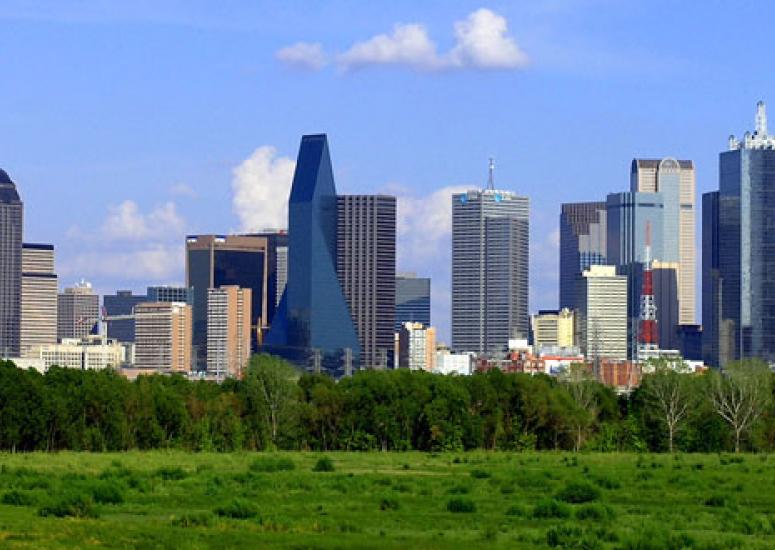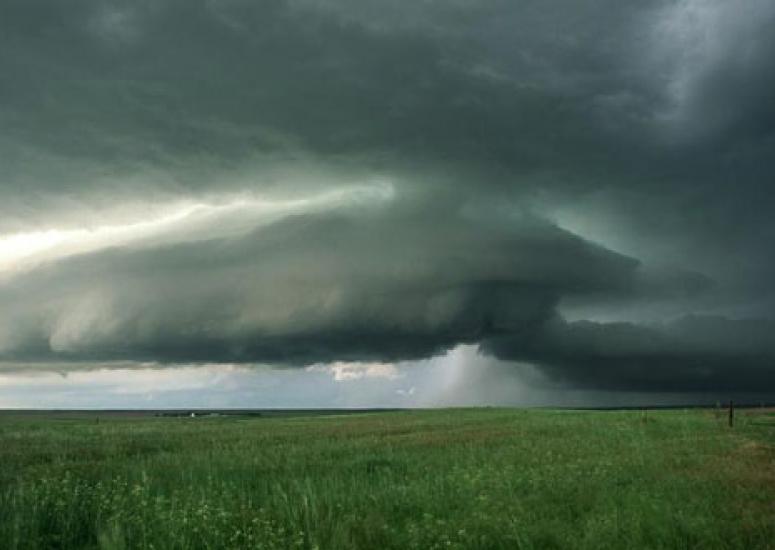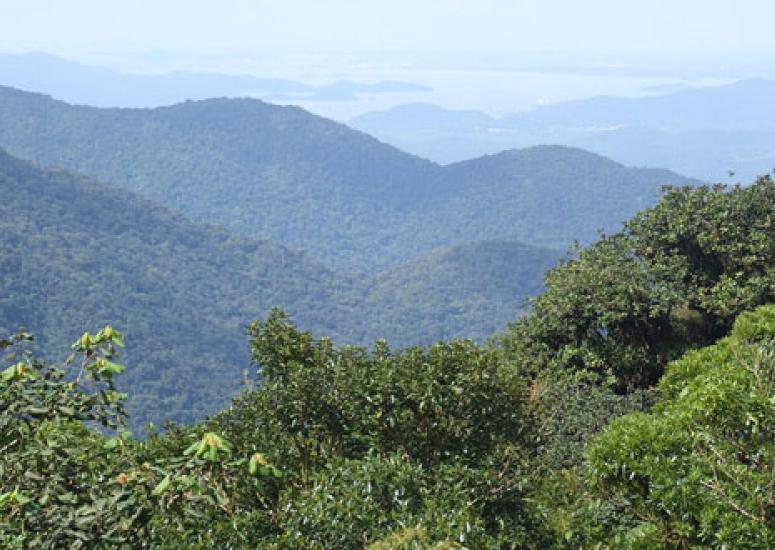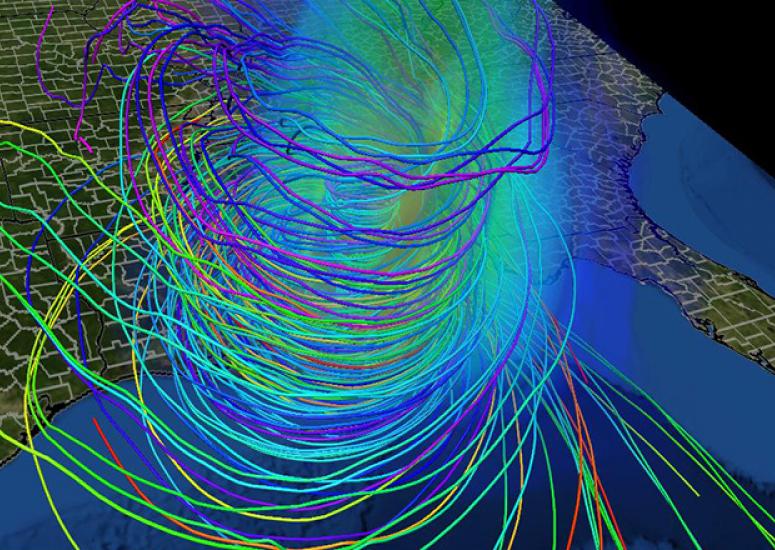-

What's behind urban heat islands?
Researchers are using specialized modeling techniques have learned how turbulence keeps the countryside cooler than urban areas on summer days.
- Climate
-

Not just rain: thunderstorms also pour down ozone
Scientists find unequivocal evidence that thunderstorms move ozone from the stratosphere down toward Earth's surface, affecting air quality and climate.
- Climate,
- Air Quality
-

Tropical forests have large appetite for carbon dioxide
A new study led by NASA and NCAR shows that tropical forests may be absorbing far more human-emitted carbon dioxide than many scientists thought.
- Climate
-

Coral reveals long-term link between Pacific winds, global climate
A piece of coral in a University of Arizona lab has revealed a link between Pacific trade winds and shifts in 20th century climate.
- Climate
-

NCAR partners with UC San Diego on visualization capabilities
The collaboration will expand visualization capabilities in the bio- and geosciences, thanks to a grant from the National Science Foundation.
